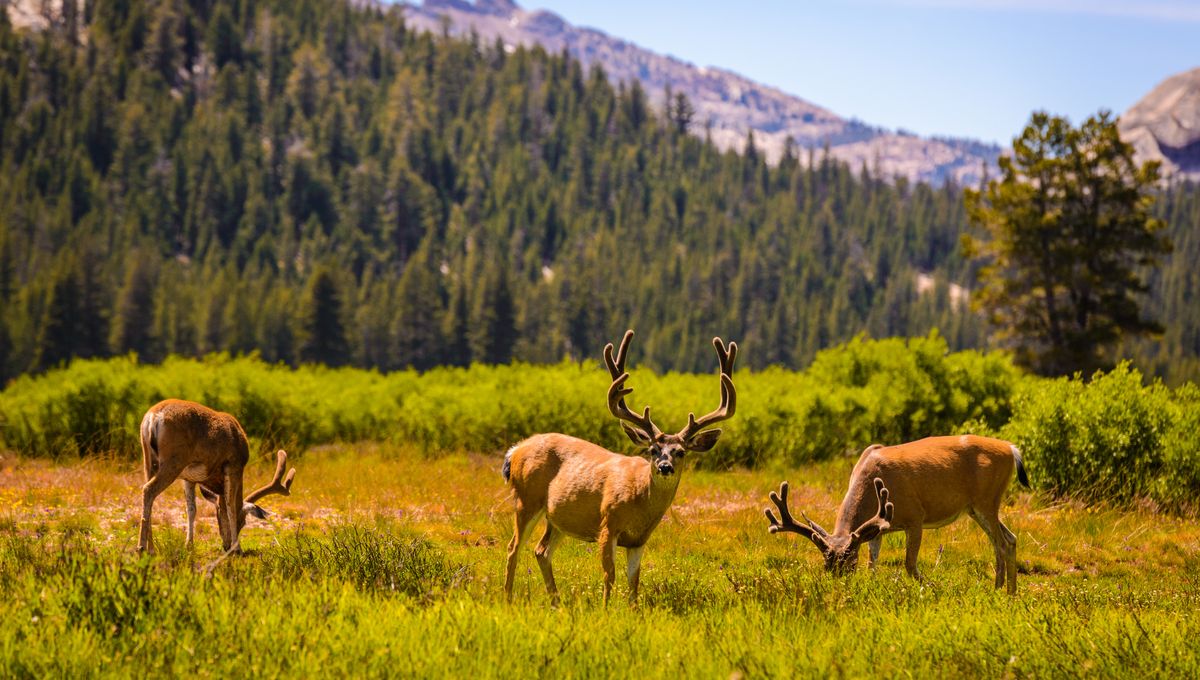
Yosemite National Park has just put out a reminder that tourists to the site should steer well clear of what it calls one of the park’s “most dangerous animals”. That’s gotta be something teethy, or with big claws, right? Nope – it’s a mule deer.
Yep – these literally doe-eyed, adorably large-eared cutie patooties are in fact the most likely creatures at Yosemite to end up messing you up.
“When you think of dangerous wildlife, your mind might go to the mighty black bear or the elusive mountain lion,” staff from Yosemite National Park explained in a recent Instagram post. “But every year, more injuries in Yosemite are caused by deer than by any other animal in the park.” There’s even one documented death, according to the park’s website.
Mule deer can often appear to be fairly disinterested in humans, so why is it then that they’re considered so dangerous?
“While these animals may seem harmless to humans, they are still wild and skittish,” the park’s post continued. “Equipped with sharp hooves and antlers, a deer will lash out and defend itself if startled. This happens most often when visitors try to approach or feed them.”
“Not only is this crucial for your safety, but it also helps protect wildlife from becoming too accustomed to humans,” explained the park’s post. “While they might appear friendly and adorable, mule deer are, at their core, wild animals that deserve their space.”
This is why violations of regulations protecting animals in national parks are taken so seriously. In fact, back in 2021, a woman visiting Yellowstone National Park was caught getting far too close to a grizzly bear family while attempting to film them. Luckily for her, she came out physically unscathed (although one of the bears did bolt towards her at one point), but was slapped with over $2,000 worth of fines, a one-year ban from the park, and a four-day stint in jail.
Bear or deer, it’s best to stay well clear, then. “On your next trek through the park, please keep your distance and admire these creatures from afar,” reads Yosemite National Park’s post. “Sometimes, the most picturesque animals can pack an unexpected punch!”
And as one commenter eloquently put it – “Simple rule: no matter how friend-shaped, keep away.”
Source Link: Yosemite National Park Warns Visitors To Keep Distance From One Of Its “Most Dangerous” Animals